About
Metabolic Disorders
Metabolic disorders are a group of interconnected physiological conditions that may give rise to complicated disease states when left unchecked. Addressing each aspect often has positive effects on others, and these include lifestyle modifications such as adopting a healthy diet and engaging in regular physical activity, are crucial for managing and preventing progression of these disorders.
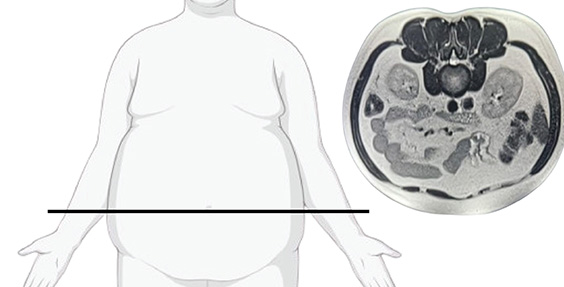
Obesity
Obesity
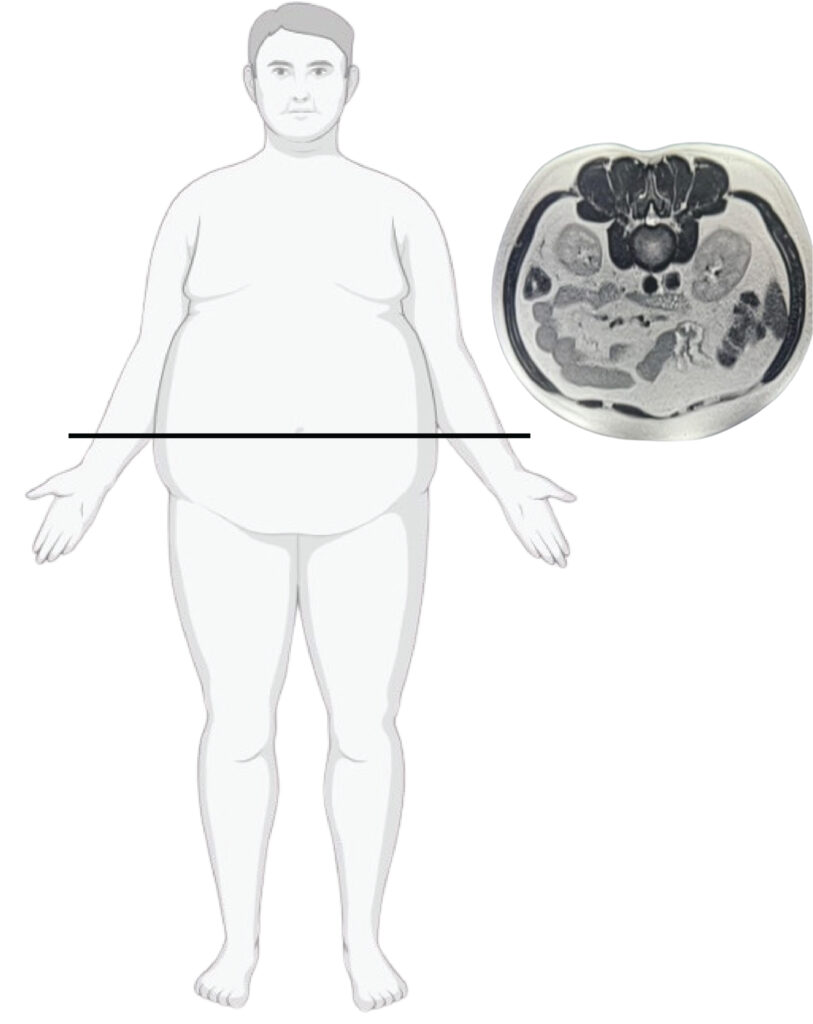
Obesity's rising prevalence has drawn global attention. People who are overweight or obese have a higher risk of premature all-cause and disease-specific mortality (when compared to healthy weight individuals). Furthermore, being overweight or obese increases the risk of cardiometabolic diseases, cancer (endometrial, colon, breast, kidney, liver, and gallbladder), osteoarthritis, sleep apnea, disability, and mental illness. Exercise is a well-established method for combating obesity. Muscles produce myokines in response to exercise or magnetic field exposure. Myokines such as IL-6 promote fat breakdown, resulting in weight loss in obese patients. Furthermore, one of the most recent indicators of fat toxicity is a class of lipid metabolites known as ceramides. We recently demonstrated that our field treatment can lower ceramide levels in physically inactive patients following knee surgery. Adult visceral fat mass was also reduced following 8 weeks of magnetic exposure.

Inflammation
Inflammation
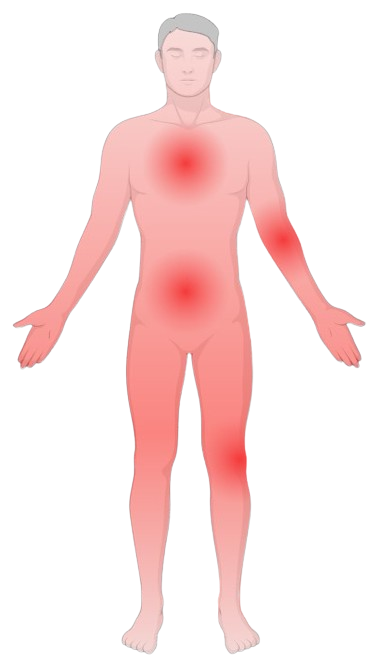
Inflammation is a biological response of the immune system that can be triggered by a variety of factors, including pathogens, damaged cells and toxic compounds. These factors may induce acute and/or chronic inflammatory responses in the heart, pancreas, liver, kidney, lung, brain, intestinal tract and reproductive system, potentially leading to tissue damage or disease. Chronic inflammation is a major contributor and effect of many diseases afflicting the global population.
Exercise is a potent inducer of anti-inflammatory effects. Similarly, magnetic muscle stimulation induces the release of anti-inflammatory factors which in turn reduces systemic and chronic inflammation. This is evident in the reduction of pain scores in elderly that underwent weekly 10 min magnetic exposures over 8 weeks.
Mesenchymal stem cells (MSCs) are multipotent adult cells with self-renewing capacities. MSCs display specific properties, such as the ability to repair damaged tissues, resulting in optimal candidates for cell therapy against degenerative diseases. In addition to the reparative functions of MSCs, growing evidence shows that these cells have potent immunomodulatory and anti-inflammatory properties. We have developed a method to enhance the anti-inflammatory properties of MSCs in the context of cartilage regeneration. Following cartilage injury or during osteoarthritis, the expression of inflammatory cytokines and catabolic factors (e.g., matrix metalloproteinases) are upregulated, perpetuating inflammation, cartilage matrix degradation, and chondrocyte apoptosis. To address this issue, we showed that magnetically exposed MSCs reduced the expression of inflammatory markers in inflamed chondrocytes through enhanced paracrine signalling.
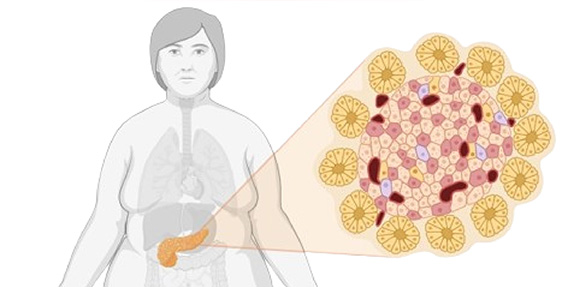
Diabetes
Diabetes

Diabetes mellitus (DM) is a chronic metabolic disorder characterized by persistent hyperglycemia caused by impaired insulin secretion, resistance to peripheral actions of insulin, or both. Chronic hyperglycemia in synergy with the other metabolic aberrations in patients with diabetes mellitus can cause damage to various organ systems, leading to the development of disabling and life-threatening health complications, most prominent of which are microvascular (retinopathy, nephropathy, and neuropathy) and macrovascular complications leading to a 2-fold to 4-fold increased risk of cardiovascular diseases. Exercise helps to reduce the risk and manage diabetes through the induction and mobilization of healthful myokines which are known to improve metabolism. We have previously shown that magnetic exposure improved insulin sensitivity in mice. Mice were made diabetic (hyperglycemic) by feeding them with a high fat diet. An intraperitoneal glucose tolerance test showed that blood sugar levels were reduced in the group of mice that received fecael matter transplantation (FMT) from donor mice which had previous magnetic exposure as compared to the high fat diet group. We have also shown that the plasma levels of adiponectin was raised in the mice that were given the FMT. Adiponectin is known to promote glucose uptake and improve insulin sensitivity. In rats, magnetic exposure was also found to reduce HbA1c levels after 16 weeks of therapy, an indicator of chronic mishandling of glucose metabolism.

Gut Dysbiosis
Gut Dysbiosis
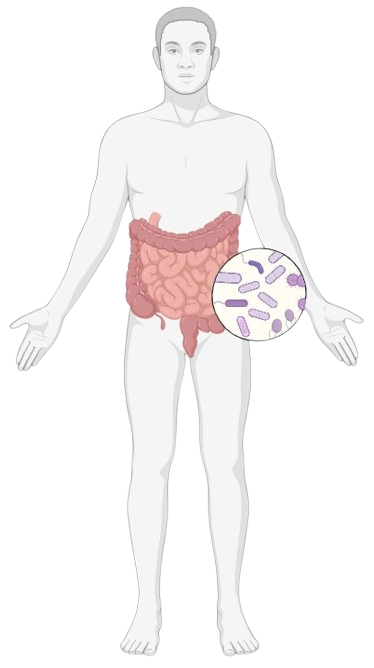
The human gut microbiome and its role in both health and disease has been the subject of extensive research, establishing its involvement in human metabolism, nutrition, physiology, and immune function. Imbalance of the normal gut microbiota have been linked with gastrointestinal conditions such as inflammatory bowel disease (IBD) and irritable bowel syndrome (IBS), and wider systemic manifestations of disease such as obesity, type 2 diabetes, and atopy.
Changes in the microbiome composition and function are also accepted exercise adaptations. In previous studies we observed unique shifts in gut microbiome composition, paralleling changes in metabolic capacities, following magnetic treatment alone or in combination with exercise. Indeed, bidirectional communication between the gut microbiome and muscle mitochondria is now supported by numerous studies demonstrating that muscle mitochondria and the commensal gut microbiota cross talk (via the SCFAs that potentiate PGC-1α function) to modulate redox balance and systemic inflammation. Beneficial effects of magnetic exposure include enrichment of Coriobacteriaceae spp. and Adlercreutzia which are linked to linked to improved lipid metabolism and interscapular BAT thermogenesis and leanness in mice.

